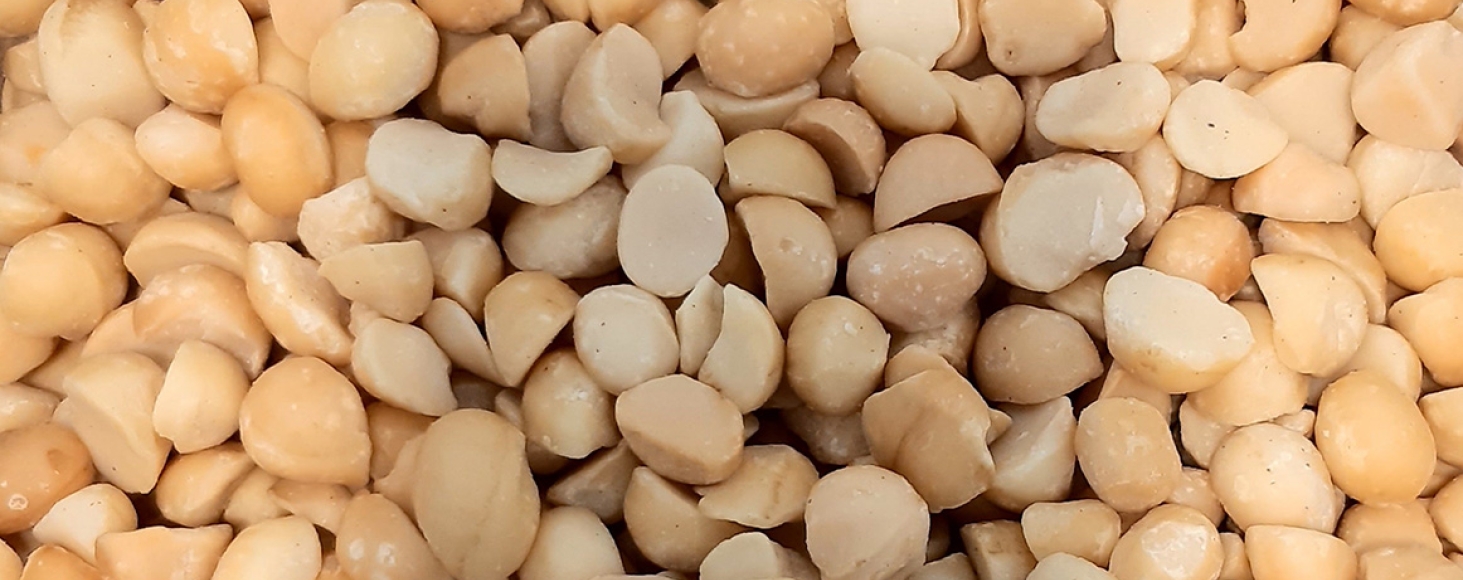ORI leveraged its expertise in the edible nut industry, business strategy formulation, and market research to design a data research framework and analytical model. Our team conducted detailed data research and interviews with a wide range of stakeholders, including international marketing agents, supermarkets and convenience stores across East Africa, transporters and international logistics companies, other macadamia nut agribusinesses in East Africa, industry practitioners, quality standards and food safety agencies and customs agencies for export data, among others.
We conducted extensive data analysis, generated insights, and made actionable recommendations on investments and capabilities required for successful market entry. In addition, we developed a detailed operating model and plan—from planting materials preparation and plantation establishment, through to growing, harvesting and processing. Further, we assisted the client with product branding, packaging plans, and an international route-to-market strategy, all designed to be practical and effective in supporting market entry.
ORI supported the agribusiness by:
- Scanning the global macadamia nut market and sizing demand for various nut products, assessment of target markets, import/export overview, and evaluation of primary value drivers.
- Analyzing competition and benchmarking the client’s macadamia nut quality specifications vs international nut standards to realistically determine new market entry opportunities.
- Forecasting nut production based on yield modeling for mature and new planting. In addition, sizing client farm production and smallholder outgrower supplies, and determining their respective unit costs of production.
- Deriving international market intelligence from market actors and framing a competitive route-to-market strategy based on trade requirements, regional and export market analysis, customer segmentation, and pricing plan.
- Designing an operating model anchored on competitive analysis of each market strategy, building preliminary recommendations, modeling market entry scenarios, developing a detailed work plan, risk log, and Five Forces Analysis.
- Preparing go-to-market strategies for the East African, American, and European Union markets for nut kernels and macadamia oil products.
- Managing an international packaging and branding sub-contractor to develop concepts and mockups consistent with global branding and packaging standards and Stock Keeping Units (SKUs). This included building product styles and wholesale and retail packaging designs.

